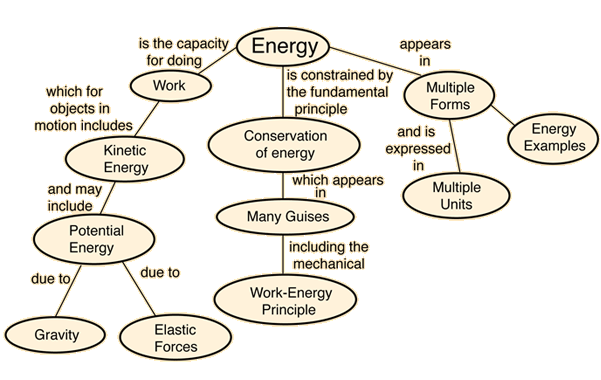... In WWII, the ground mount M2s were fitted with a scope base plate riveted to the top of the receiver cover.
If this was ever done, it was a non-standard field modification
You would remove the rear butterfly plate and add a pistol grip/trigger plate, install a scope on it, ….
I even had a pistol grip/trigger plate plus a 10x scope set for one …
Again, a non standard issue item. Pretty rare, actually.
In the Army in the late '60s, I had over 40 M2s in the arms room for use in trucks, M113s, etc., and all of them had the scope base on the cover.
I'm pretty sure the scope base you are referring to was not "on the cover" exactly. It is part of the rear sight base. I was a Small Arms Repairman (MOS 45B20) during the 70s, and I handled, inspected, and repaired (when needed, which was seldom) hundreds of M2HBs. (want to know how to test to see if the trunnion block rivets are serviceably tight? I can tell you...

)
Nearly all of them had the "scope mount" rear sight base, which was NOT used for anything at the time. I was given to understand that the "scope mount" was a post WWII modification to allow the use of an infra-red scope (for night use) and which, by the 70s had been long removed from service.
And just FYI, the rear sight of the M2 is mounted to the receiver with screws, not rivets.
The .50 BMG round was developed from the WW I German 13mm anti-tank rifle round. It was always considered an anti-material round, though I don't know of any printed doctrine that stated it was for that, only...
It is stupidly wasteful to use a .50BMG on individual enemy troops, but it can be very combat effective. Ma Duce is very good at turning cover into concealment. Using the .50BMG round in a sniper rifle is a different matter, and not "wasteful" since use against individual enemy soldiers is the designated purpose.

